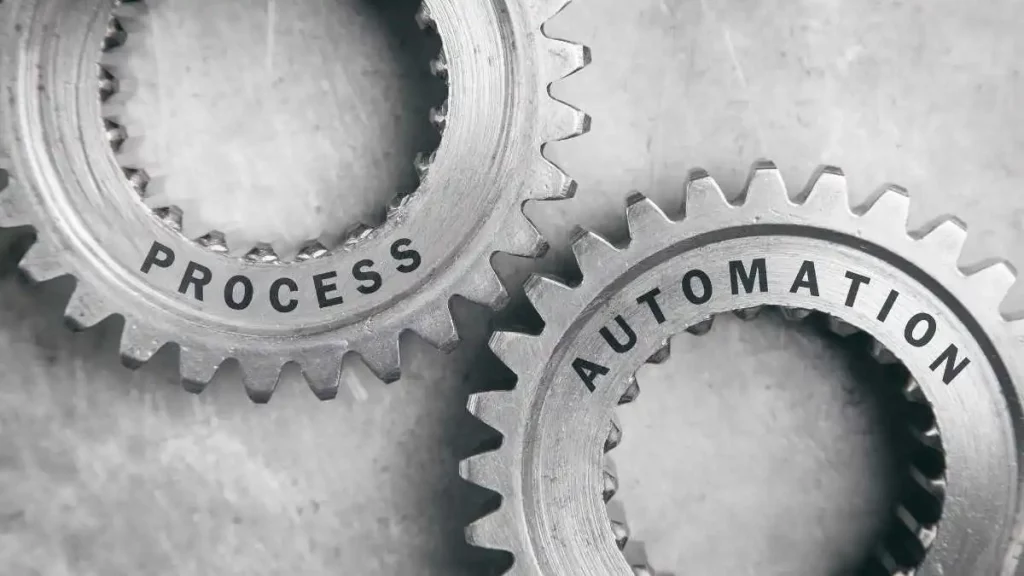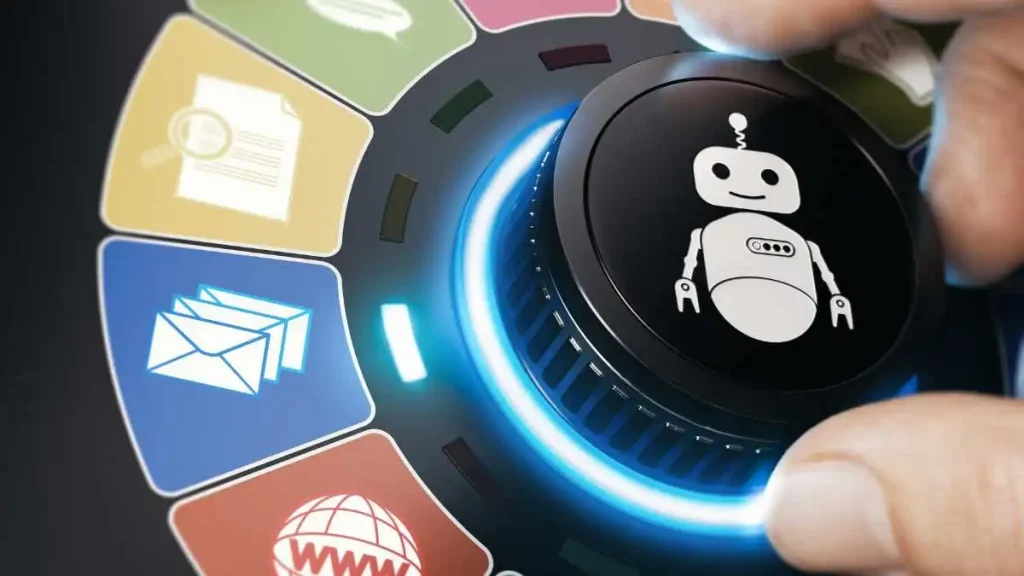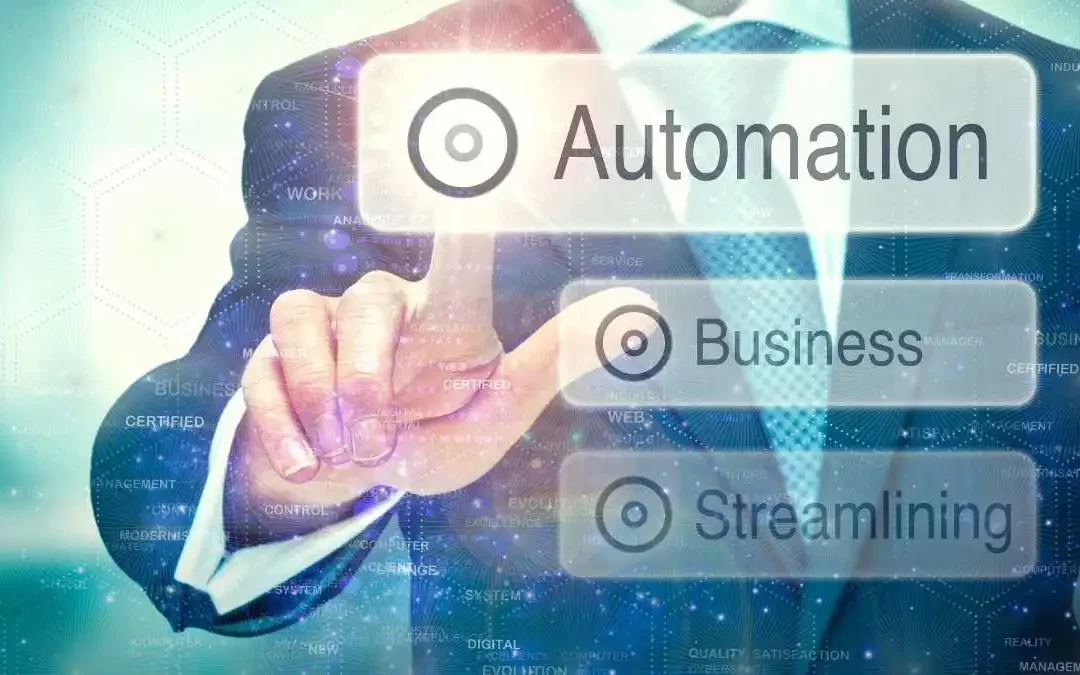Business automation is now a strategic lever to increase efficiency, reduce operating costs and improve customer experience. Two technologies are often at the center of this process: RPA and AI Agents. Although both aim to automate processes, they are based on very different approaches.
In this article, we analyze the key differences between RPA and AI Agents, with practical examples, implementation tips and an overview of the opportunities that automation can offer to companies today and tomorrow.
Updated on June 24th 2025
Estimated reading time: 6 minutes
Table of contents
RPA and AI Agents in Business Automation

Business automation is the use of technologies to perform repetitive tasks, improve productivity and free up human resources from low-value-added tasks. This transformation can occur on different levels: operational, cognitive, decisional.
Two of the most widespread technologies today are RPA and AI Agents.
Robotic Process Automation (RPA)
RPA is a technology that allows you to automate repetitive and structured tasks, such as data entry or information extraction from documents. It uses “bots” that simulate human interaction with software and digital interfaces.
Business automation with AI Agents
AI Agents are intelligent systems based on generative Artificial Intelligence (such as the latest generation of linguistic models) that understand natural language, make decisions and act autonomously. They can interact with users, business tools and data to complete complex objectives.
Differences Between RPA and AI Agents
Decision-making capabilities
RPA executes rigid instructions, based on pre-set rules.
AI agents understand context, make decisions and adapt.
Flexibility OF RPA and AI Agents
RPA is useful for stable and repetitive processes.
AI agents manage conversations, ambiguities and dynamic changes in processes.
Integration
RPA integrates with existing software simulating the use by an operator.
AI agents integrate via API, use databases, CRM, email and are capable of orchestrating multiple tools.
Business automation use cases: concrete examples
Automation with RPA and AI Agents can be applied in different sectors and business departments. Here are some practical examples:
Examples with RPA
- Finance and accounting: bank reconciliation, invoicing, reporting.
- HR: employee onboarding, attendance management, updating personal data.
- Supply chain: order entry, shipment tracking.
Examples with AI Agents
- Customer service: virtual assistants who manage requests via email, chat or phone.
- Sales: agents who analyze leads, suggest follow-ups and send quotes.
- Marketing: automatic generation of personalized content based on the target.
Recent Developments: Collaborative and Multi-Agent Systems
As of 2025, AI Agents have evolved from standalone tools to multi-agent systems capable of collaborating to accomplish complex tasks. This paradigm, inspired by human teams, enables multiple specialized agents (e.g., for data analysis, content creation, user interaction) to divide tasks, communicate with each other, and orchestrate actions autonomously.
Frameworks like AutoGen, CrewAI, MetaGPT, and Cognosys now allow companies to build fully digital teams that operate around the clock on both structured and dynamic workflows, enhancing scalability and execution speed.
Real-world example:
A company can deploy a digital team consisting of:
- one agent that analyzes sales data,
- another that generates personalized reports for area managers,
- and a third that automatically sends summaries via email or Microsoft Teams.
AI Agents ≠ Simple Chatbots
It’s important to clarify that an AI Agent is not just a chatbot powered by a large language model (LLM). A true agent has advanced capabilities:
- Contextual understanding and conversational memory,
- Ability to make decisions, not just respond,
- Access to external tools via API (e.g., CRMs, ERPs, email, databases),
- An autonomous planning module that defines steps based on goals,
- In some cases, even an adaptive personality to enhance user experience.
These features distinguish agents from static conversational bots and make them suitable for complex business environments.
IPA: Intelligent Process Automation
A growing trend is the integration of RPA and AI, known as Intelligent Process Automation (IPA). In this approach, RPA bots handle mechanical tasks while AI components make decisions, interpret unstructured data, or manage user interactions.
Example:
- RPA extracts data from PDF invoices,
- an AI model analyzes anomalies or suggests actions,
- an AI Agent notifies the accounting department of discrepancies.
IPA represents the future of hybrid automation, where efficiency and intelligence combine to transform end-to-end business processes.
Governance and Control Considerations
Unlike RPA, which executes strictly predefined instructions, AI Agents can generate content or make decisions that aren’t always predictable. This introduces the need for quality control, traceability, and action validation.
Emerging best practices include:
- Retrieval-Augmented Generation (RAG) techniques to reduce hallucinations,
- Approval workflows for critical steps,
- Audit trails to track the origin of responses,
- Continuous performance evaluation and feedback loops.
Governing AI means ensuring reliability, compliance, and ethical use in business contexts.
How to implement automation in companies

Implementing automation in your company requires a strategic approach. Here are the main steps to follow:
- Process mapping
Identify the business processes that consume the most time and resources, distinguishing those suitable for RPA (repetitive) from those that require intelligence and interaction (for AI Agents).
- Definition of objectives
Establish what you want to achieve: reduction of time, improvement of quality, increase of customer satisfaction, etc.
- Choice of technology
Evaluate whether to start with RPA to automate legacy processes or whether to directly introduce AI Agents to transform more complex workflows.
- Experimentation and scalability
Launch pilot projects, measure the results and then extend automation to other departments.
Conclusions
Automation in companies with RPA and AI Agents is no longer an option, but a necessity to remain competitive in an increasingly fast and digital market.
While Robotic Process Automation continues to offer value in structured and repetitive contexts, AI Agents open up new possibilities thanks to their ability to adapt, understand natural language and act autonomously.
Integrating these two technologies allows companies to address automation at 360°, improving both operational efficiency and customer experience.
FAQs about RPA and AI Agents
It is the use of technologies to automate repetitive tasks and optimize business processes, with the aim of increasing efficiency and reducing costs.
RPA automates tasks based on fixed rules, while AI Agents are intelligent systems that can make decisions, understand context and interact in natural language.
In all: administration, human resources, customer care, sales, logistics, marketing. Each area has processes that can be optimized.
Updated on June 24th 2025

